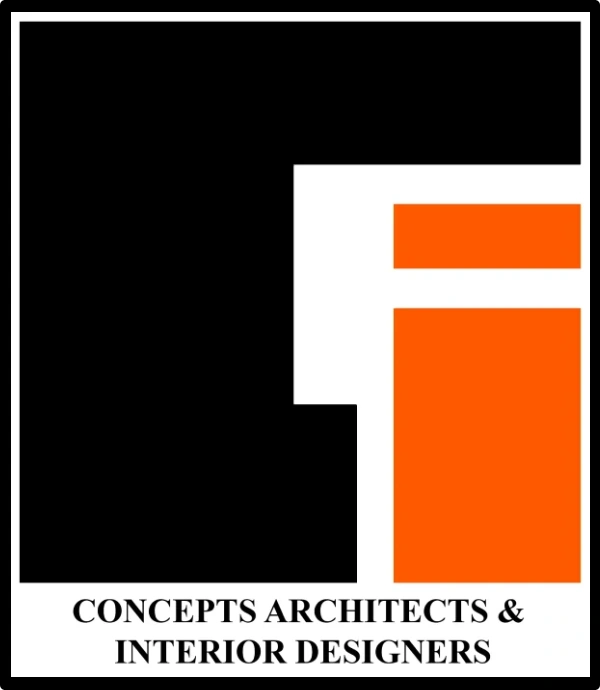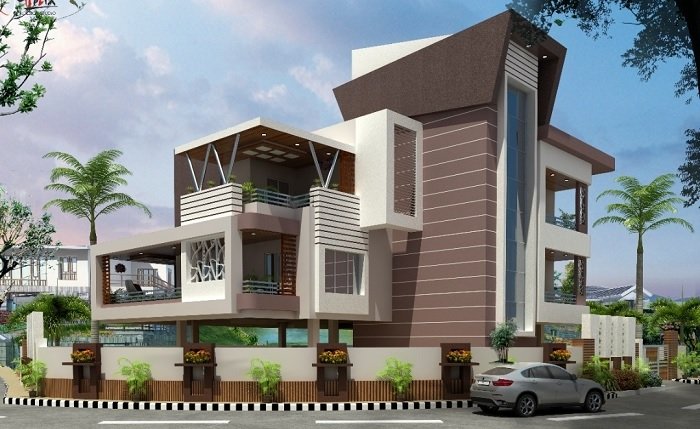It is fair to assume that the year 2020 will be remembered as a watershed moment. The emergence of the coronavirus pandemic seems to have had a major effect on how our planet operates. It will also cause a difference in how it will progress in the future. It is expected to identify new design trends in almost all economies, including the AEC industry.
The architecture market works at a much slower pace than most. Many things that have been growing up over the years have made clear announcements this 2020. As a result, it is concluded that trends in architecture can be characterized by both recurring or common and important and substantive.
Using Commercial Reconstruction To Tackle The Housing Problem:
Meeting the increasing need for affordable housing would necessitate developers looking for openings in unexpected areas. Because of the economic effects of coronavirus, there will be a plethora of commercial property growth opportunities.
Certain urban spaces, such as shopping centers, were still in a slow economic downturn. However, the pandemic has exacerbated this trend, increasing company closures. This year over 170 million sq. feet of office buildings and over 7,000 major retail shops are projected to be freed up. With the pressures of both COVID 19 and e-commerce, even fewer commercial companies would seek new leases.
Prioritizing Health Through Design:
Moving forward to the next design trend. You are unlikely to be surprised by this architectural trend. The COVID 19 pandemic has made people even more aware of how their surroundings can pose health hazards. Adjustments had to be done rapidly to provide COVID safe environments in a multitude of environments. These included hospitals, grocery shops, and even aircraft. However, all of these safety precautions were just band-aids. Long-term ideas integrated into the architecture of the buildings and spaces we use are also in high demand.
Architects can address this need by including more preventive elements. These include sewage checkpoints, air circulation, antimicrobial fabrics, perspex windows, and layouts that encourage social distancing.
Increasing The Multifunctionality Of Homes:
Quarantine has taught us a lot of things. One of which is that most modern homes aren’t designed to support family life 24 hours a day, seven days a week. Countless families found themselves with adults doing work from home. They witnessed children being ejected from their classrooms and daycare centers. There were soon concerns of homes that were overcrowded and unsustainable.
Along with a loss of privacy, there was also the real issue of not finding any appropriate setups for operating remotely. Households also found themselves attempting to work at the dinner table or on the sofa.
People need homes that can easily support the modern lifestyle that has arisen due to these hardships. As a consequence, online work is expected to become more common. The precedent for significant school and company closures to combat disease transmission has already been established.
Open layouts will be much less common as people prefer discrete rooms. Different home offices, study rooms, playrooms, fitness rooms, and even outdoor recreation areas will be in the growing market. There would also be amenities such as soundproofing and competing them.
Changing Office Spaces To Accommodate The Environment Of Remote Work:
The mass closure of offices around the world immediately made working from home the new routine. Many offices are choosing to keep all or most of their staff online. This means that many businesses may need to change their office environments. Such spaces would support fewer on-site teams that work with online colleagues.
This could take the shape of larger shared spaces and meeting rooms. It would include the design trend that takes into account the increased demands for digitized conferences and meetings. Higher wall space will be needed for screens that show videos of colleagues on camera. The configurations may have to be acoustic-friendly.
Putting The Production Process On The Internet:
More developers will be working virtually, and customers would be warier of in-person sessions.
As a result, the architecture market will prioritize the use of automated communication tools. They will need resources to allow remote collaboration for design creation and offer successful stakeholder presentations.
Concept Architects understand the need to build environments that are vibrant, green, and filled with plants. This would give people a feeling of being outside and well-being. So, Concept Architects aim to follow the new design trends for architecture that 2020 has brought into our lives.

